Introduction:
Thailand is an enchanting land of picturesque landscapes, colorful cities, peaceful temples, tropical islands, and full of culture. The highlights of this 2-week itinerary through Thailand are an incredible trip starting from vivid Bangkok until you get to the deserted delights of the south. Note: Some parts could be adjusted. Al temples de Chiang Mai Appetizer on the lively street markets that enchant through colors and all fragrances of Thai cuisine. With everything from the beautiful islands of Phuket and Krabi to the cultural heart in Chiang Rai, this is our most adventure travel itinerary for a reason. If you prefer history, nature, or lying out all day in the sun, here are a wide variety of activities you can enjoy with this 14-day itinerary focusing on what makes Thailand such an appealing and unique destination. This is the beginning of your Thai adventure! Also Read Two-Week Europe Itinerary
Why Thailand is Becoming a Major Tourist Attraction
Thailand has forever been a desirable area for tourists from all across the globe, and its acquisition to fame is still on the rise. Combining cultural heritage, natural beauty, accessibility, and affordability unlike any country in the region, it is not hard to understand why Vietnam has quickly become one of the fastest-growing tourism hotspots on the planet. This is why Thailand tourism has increased significantly. Here are some reasons:
1. Diverse Landscapes
From the mountainous regions in the north to the tropical beaches in the south, Thailand has a diversity of natural landscapes. It has something for everyone to enjoy: looking to wander through luscious green jungles, then look no further than Chiang Mai, hiking to waterfalls off the beaten path, or taking a breather on some of the private, pristine beaches in Phuket, Krabi, and Phi Phi islands. Due to its crystal clear waters, Thailand is most well known for its islands, although the mainland has many good beaches as well.
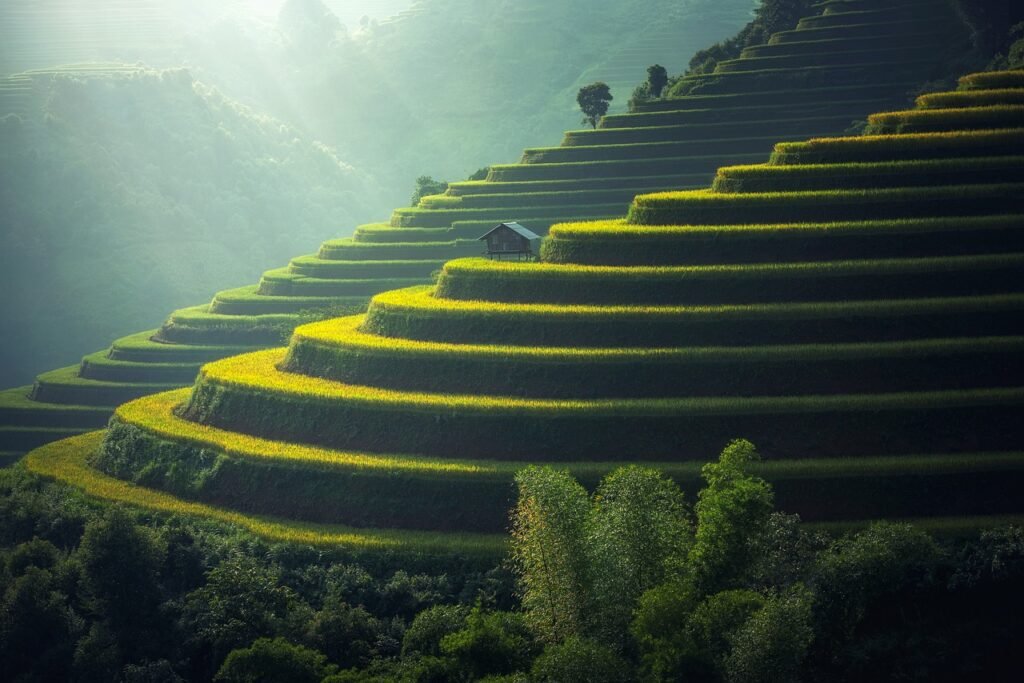
2. Rich Cultural Heritage
It is rich in culture and history, with centuries-old temples, royal palaces, and historic restlessness across the country. Empires, in which visitors can enjoy Thai architecture and practice religions Bangkok, Ayutthaya, Chiang Rai, etc. Colorful temples like those at Bangkok (the Grand Palace and Wat Pho) are a major tourist attraction but also, in many ways, represent the country’s long history of Buddhist heritage. Festivals such as Songkran, Thai New Year, or Loy Krathong provide a rare cultural experience for visitors annually.
3. World-Class Cuisine
Thai food is famed for its strong flavors and fresh, healthy ingredients. Thailand is globally renowned for its traditional dishes; a few of them, such as pad Thai, green curry, som tam (papaya salad), and mango sticky rice, are served at each and every corner. It has a unique street food culture, which is immensely loved by the visitors as it allows them to taste some of the variety flavors of the country at an affordable price. With its wide range of food establishments, from street vendors to high-end restaurants, Thailand has something for everyone who enjoys eating.
4. Affordable Travel
Thailand is great value in comparison to other international travel destinations. Tourists can get a good standard of tourist services (accommodation, food, transport, and activities) for much less than in various other countries. It is this affordable, which makes it a hit among budget-conscious families, backpackers, and luxury seekers. Thailand has a range of accommodation options, including typical budget hostels to luxury resorts.
5. Finnish-Style Nightlife and Shopping
Spending the evening in Thailand—Not just Beaches It is no secret that all the major cities of Thailand, such as Bangkok and Pattaya, live a pulsating life when it comes to aspects other than the myriad fascinating beaches. Many of Bangkok’s shopping malls, markets, and bazaars also appealed to tourists, for they ranged from international brands to handmade souvenirs.
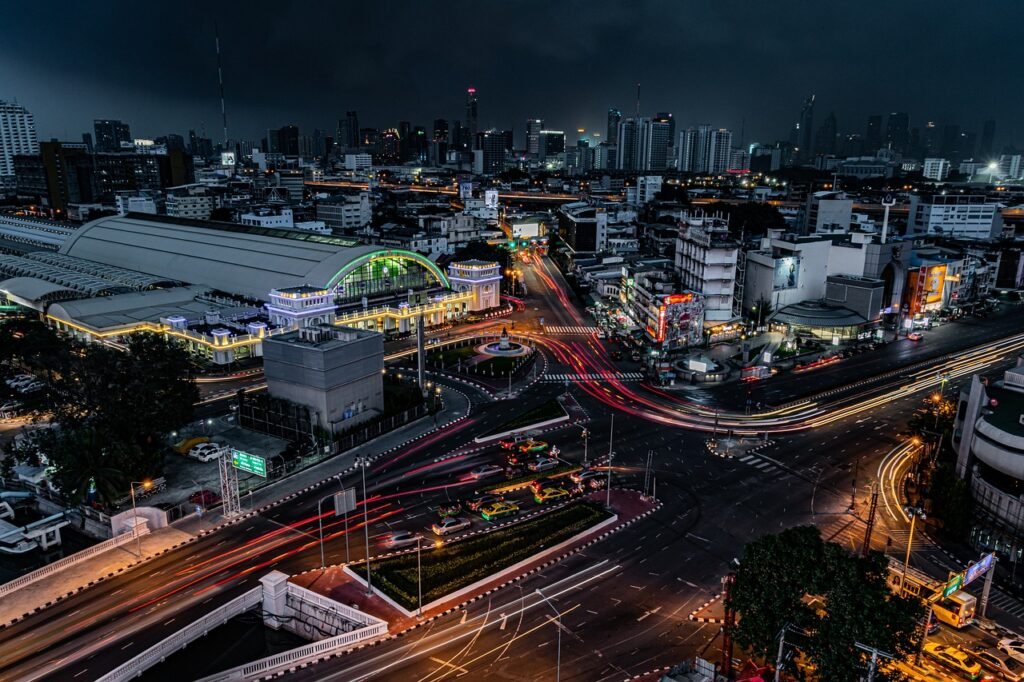
6. Warm Hospitality
The friendliness of the Thai people is internationally celebrated, which has lent Thailand its oh-so-common nickname—tthe Land of Smiles. In the end, all that really matters is what makes travelers feel most welcome and safe, and in this case, the friendliness of locals only adds to their travel experience.
To sum up in brief, the rich cultural heritage, landscapes of natural beauty, cost-effectiveness, and affable hospitality still stand out as a major tourist spot for most parts of the globe.
2-Week Itinerary for Thailand: The Perfect Adventure
Known as the “Land of Smiles,” its offerings are as diverse as those who travel there. From teeming cities to quiet beaches, the 14-day itinerary allows you the breathing room to see these highlights in context with one another. You are a culture junkie, an explorer, or just someone looking to relax—this mix is perfectly tailored for you by the itinerary below.
Bangkok: The Heart of Thailand, Days 1–3.
Your journey begins in the sprawling metropolis of Bangkok, one of the busiest and most lively cities; led to ancient culture.
- Day 1: Arrival & Wat Pho Meet day in Bangkok with time to get your bearings. Visit Wat Pho, famous for housing the huge Reclining Buddha (in the afternoon). And explore this beautiful architect with the breakdown of bright architecture and walk through the temple grounds. Finish your day with a boat ride down the Chao Phraya River and get a panoramic view of more Bangkok.
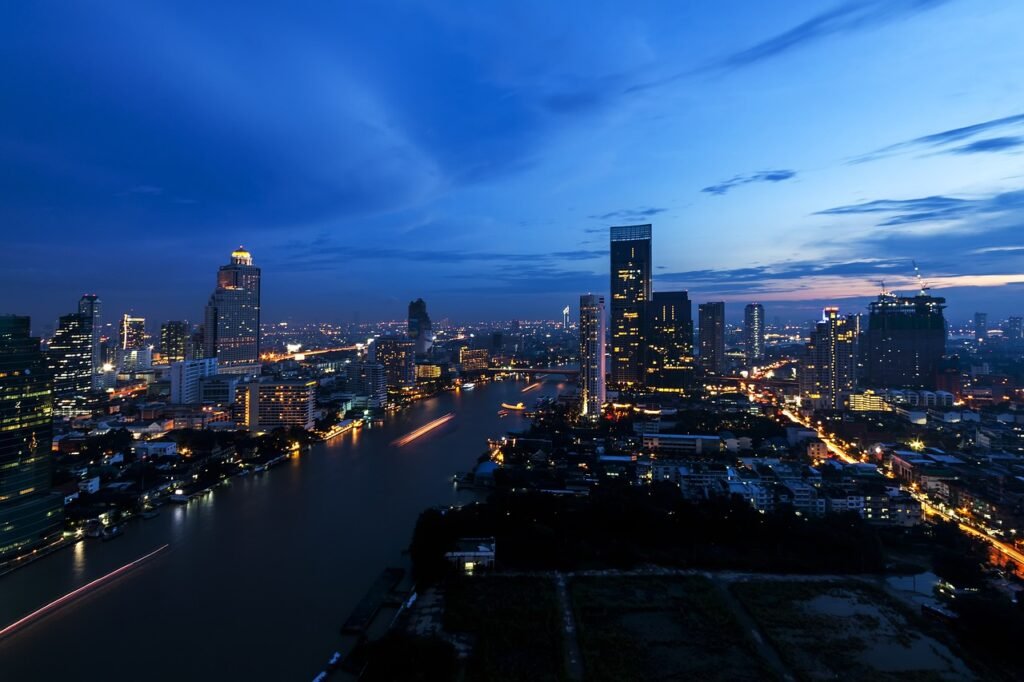
- Day 2: Grand Palace & Wat Arun Begin your second day by paying a visit to the Grand Palace, the king’s old home. To one side of the palace is Wat Phra Kaew, home to the Emerald Buddha. Then you can head to Wat Arun, the Temple of Dawn, across the river by boat. Wrap up the day by visiting the markets of Khao San Road, filled with street food and souvenirs.
- Day 3: Visit Local Markets and Chinatown Start off the day at Damnoen Saduak Floating Market, where you can buy produce and snacks from vendors in boats. In the afternoon, take a walking tour of this busy food stall-shop and temple-filled streets in Chinatown. At night, visit one of the rooftop bars at Silom or Sukhumvit, where you can see the view over Bangkok.
Days 4-6 in Chiang Mai (Temples and Mountains)
Chiang Mai: Recharge in the serenity When you have let your hair down and been all-you-can-be in Bangkok, fly up to the north for svelte temple mountains whereabouts.
- Day 4: Arrival and Wat Phra That Doi Suthep • Upon arrival in Chiang Mai, check into your hotel, then go to the iconic hilltop temple Wat Phra That Doi Suthep. The view from up there is panoramic—300 steps above the city.
- Day 5: Visit an Elephant Sanctuary and Old City Temples Spend the morning at an ethical elephant sanctuary, where you will get to know about these magnificent creatures, as well as feed and spend time near them in their natural site. Afterwards, spend the afternoon exploring Chiang Mai’s Old City, visiting places like Wat Chedi Luang and Wat Phra Singh. The temples are Lanna architecture that reflects the life of northern Thai people.
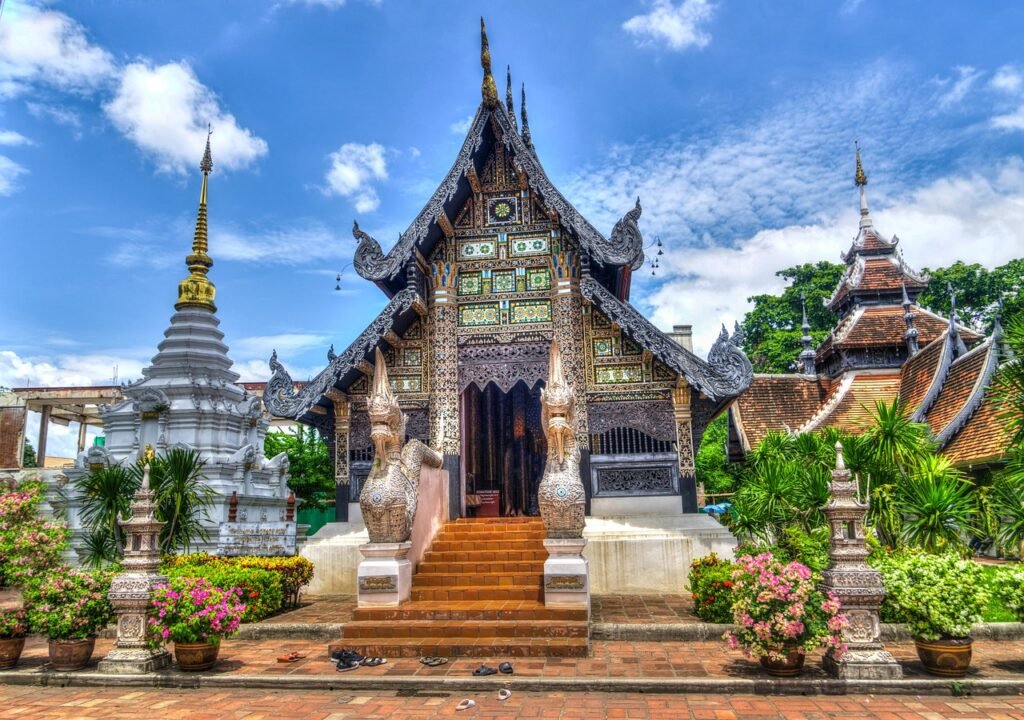
- DAY 6: Escape to nature at DOI INTON national park Treat yourself to a one-day trip at the Doi INTON National Park—home of Thailand’s highest peak. Explore other sites on numerous trails, some of them leading to waterfalls and hill tribe villages, and gaze at beautiful viewpoints. Drive to the King & Queen Pagoda that is situated near the top with a panoramic view of the country side.
Day 7-9: Chiang Rai the Temples and Golden Triangle
From here, hop on a bus or organize private transport up to Chiang Rai, which is smaller, more laid-back, and famous for it’s beautiful temples and its proximity to the Golden Triangle.
White Temple and Blue Temple Visit Chiang Rai’s renowned White Temple (Wat Rong Khun), an avant-garde creation by artist Chalermchai Kositpipat. Its detail and its symbolism make it a unique and very interesting site to visit. Next, check out the Blue Temple (Wat Rong Suea Ten), just about as impressive with its sapphire blue hues and mystical aura.
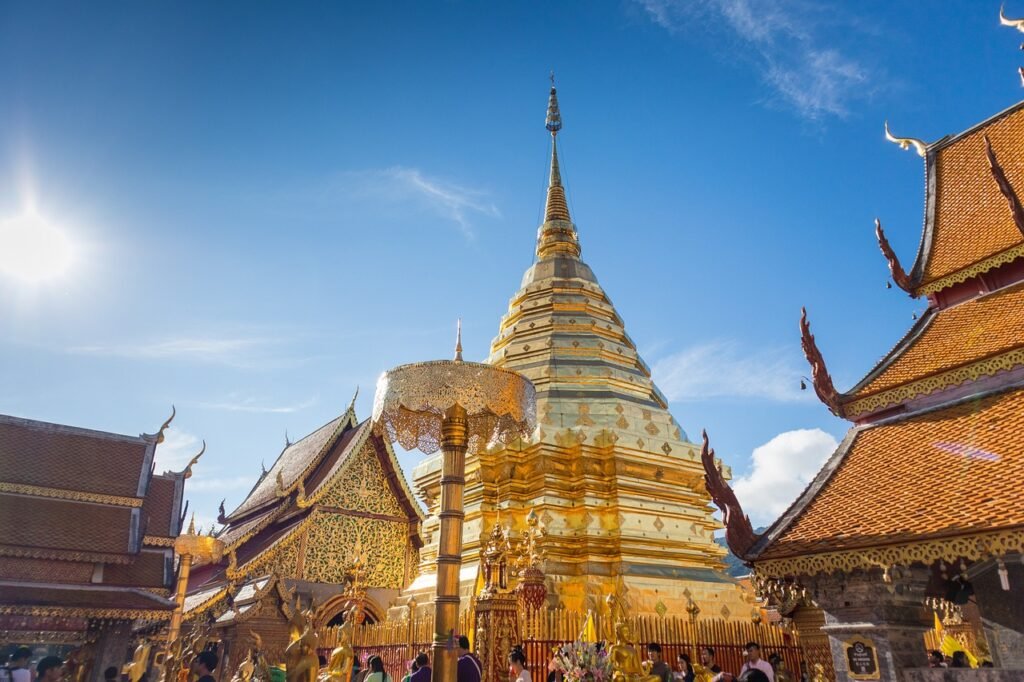
- Day 8: White House/DDay 1 for Visit the Black House (Baan Dam Museum) [black]. a beautiful garden filled with dark houses that look like temples and full of art. Next, plan a day trip to the Golden Triangle, where Thailand, Laos, and Myanmar meet. Overnight today: Hold a boat trip for Mekong River; visit Opium Museum to get knowledge of local history.
- Day 9: Head back to Chiang Mai Spend the evening at Chiang Mai Night Bazaar to do some handicrafts, clothing, and souvenir shopping. You will also find the market a pretty cool place to taste typical dishes such as Khao Soi (curry noodle soup).
Days 10-12: Krabi Beaches & Islands
01. Unwind by the Sea: After a temple and mountain tour of northern Thailand, it’s high time to get some relax-year-ass purposes on the nature trails from the sea. Part 1: Work together as a team on the Amazing Race Fly from Chiang Mai to Krabi, one of Thailand’s most beautiful beach destinations.
- Day 10: Railay Beach Finally, make your way to beautiful Railay Beach as soon as you touchdown in Krabi (Railay is on a peninsula and access is only by boat). With overhanging 500-foot-high limestone cliffs, it is a great natural sea wall, and the beach has excellent swimming, rock climbing, and mad sunbathing. Relax in the evening with water or dine on the shorefront.
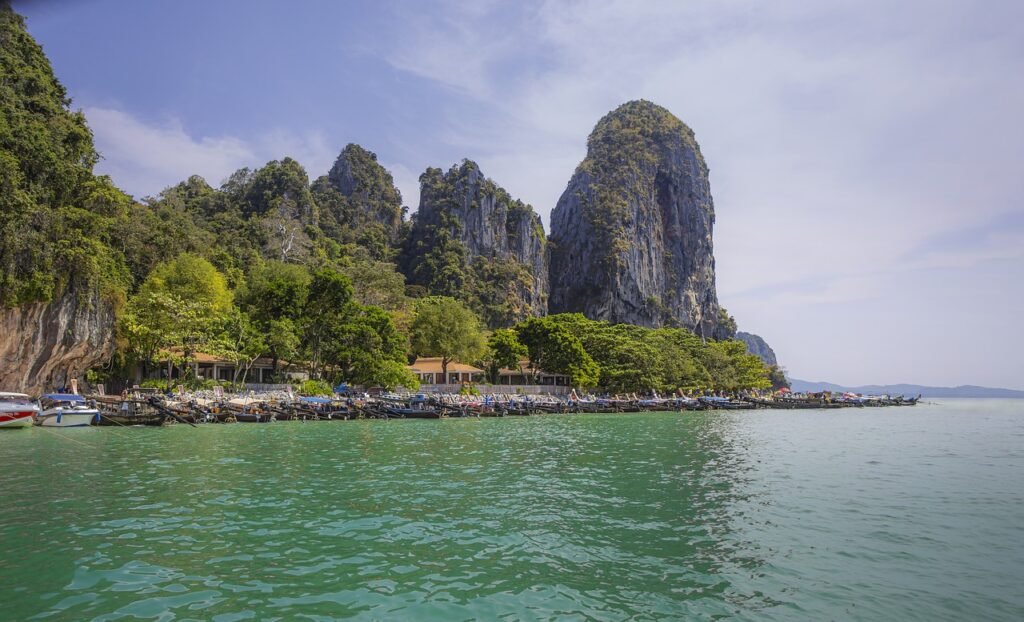
Alternatively, you might like to take an island-hopping tour that showcases some of the Krabi region’s most famous islands, like the Phi Phi Islands, Chicken Island, Poda Island, and Phra Nang Cave Beach. Snorkel in see-through water; discover secret bays and beaches; and get lost in the tropical vibe.
Ao Nang Beach and Sunset at Tiger Cave Temple (Day 12) Head to Ao Nang Beach, perfect for all water activities, but read a book on its beach or roam here and there. Then, as the sun begins to set, explore the Tiger Cave Temple (Wat Tham Sua) for a 1,260-step climb to the top and sunset you’ll never forget.
Day 13-14: Phuket Rest and see you soon
Your trip to Thailand ends up with the island of Phuket, Thailand’s largest and most popular beach destination, home to world-class resorts, a vibrant nightlife scene, and a lot more.
- Day 13: Phuket Beaches and Big Buddha Welcome to Phuket, where you will arrive and explore the beaches in the morning (Patong/Kata/Karon). Afternoon: Visit the Big Buddha. Take in panoramic views of the island from its perch on Nakkerd Hill. Stroll along Patong Beach at night or have a traditional Thai massage.
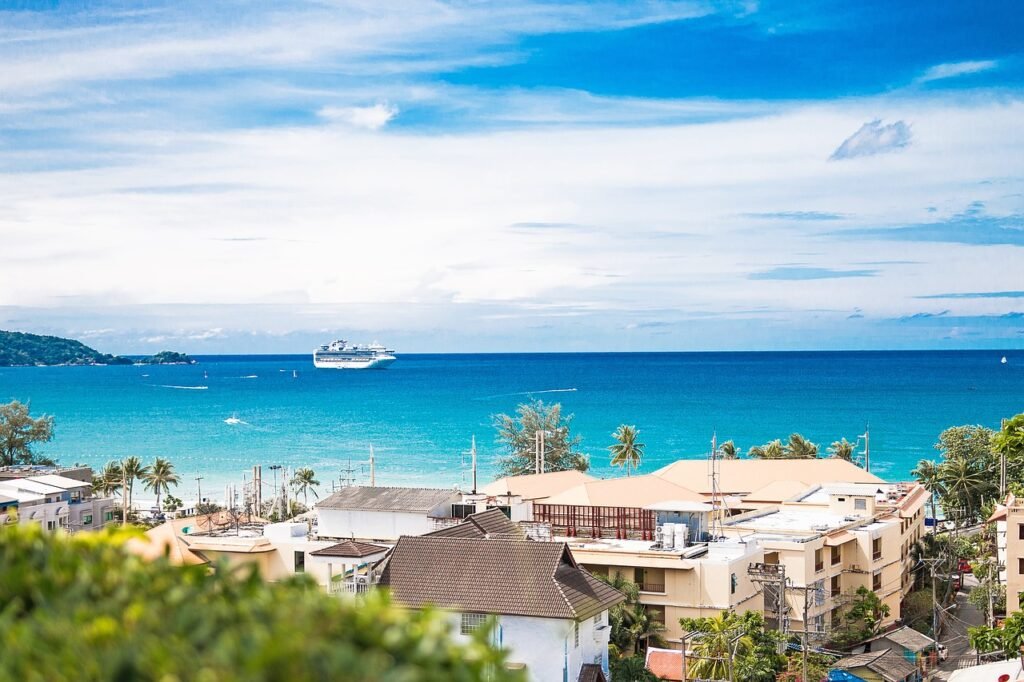
- Day 14: Phi Phi Islands Day Trip or Phuket Old Town If you fancy an additional adventure, journey to the world-known Phi Phi Islands, where you will swim amidst dramatic cliffs and colorful sea life. Or, take a stroll around Phuket Old Town, with its colonial-inspired Sino-Portuguese buildings, colorful markets, and boutique cafes. Top off your trip with a farewell dinner, regaling memories of the past fortnight.
Best Things to Do on Your Trip in Thailand:
Ideal Time to Visit:
From November to February, which falls in the winter months. But steer clear of monsoon season (May to October) for your island adventures.
Transport Nation:
Flights around the United States charge lots and plenty, to be fair; however, they may be short in journeys, while buses make for a scenic hipster journey and trains are steeply priced but well worth it.
Cost:
It is very cheap in Thailand on average to stay, eat, and do activities.
To sum up, this Thailand-two-week itinerary has everything from nature and cultural experiences to beach relaxation. No matter whether this is your first visit or if you come back for more—Thailand with its unlimited quality and beauty enchants you!
Essential Tips Before Traveling to Thailand:
Thailand is a lively and wonderful place, but the key here is preparation, and with this guide in hand, you should be more than willing to hit all of these places on your first trip! There are some tips to think about before you travel in Thailand:
1. Travel Documents
Make sure the expiry date was at least 6 months from your arrival date. Other nationalities: visa required for stays beyond 30 days Always check visa requirements before you travel, not just for the destinations in this list but for anywhere you plan to visit. You should also buy travel insurance for emergencies, trip cancellations, and lost luggage.
2. Local Currency
The currency in Thailand is the Thai Baht (THB) = 100 SATANG, and you will get lots of notes as denominations lower than a 20 are used. It is always worth having some local currency for small purchases on markets or in more rural areas. At airports, local banks, or ATMs, you can exchange money. A travel card or cash could work too, but watch out for foreign transaction fees.
3. Clothing
Thailand has a tropical climate, so you should wear lightweight and breathable clothing. Yet, you are expected to dress modestly when entering a temple or another religious site. When entering the temple, cover your shoulders and knees to respect the culture. Comfortable, loose-fitting clothes are best suited for hot-weather sightseeing, and a light jacket or shawl is also helpful for air-conditioned buildings or a cooler evening.
4. Footwear
Pack a pair of sturdy sandals you can wear every day you will need them with all the walking through the markets and temples. And a good pair of hiking shoes or closes-toes for spending time out in nature, natural parks, and rugged landscapes.
5. Health Essentials
When it comes to tropical destinations, most often mean sunshine and bugs, so make sure to bring essentials such as bug spray with you particularly in more rural or jungle areas. Thailand sun is hot; bring sunscreen to protect your skin. Having a small first aid kit with bandages, pain relievers (Tylenol or Advil), and any prescribed medications you may need is also recommended.
6. Electronics
Bring a universal travel adapter for Thailand (standard voltage is 220V, with types A, B, and C outlets). Grab a power bank for long days out and about, as there are lots of places to visit in Thailand, and pack a camera too. Thailand has beautiful beaches and cultural sites everywhere. Universal Travel Adapter

7. Navigation
Always use an offline map or a reliable GPS app like Google Map, especially when you are in remote places, so that you won´t be lost anywhere. Google Maps and Maps.me work great offline too if you download an area first.
8. Water Bottle
You must stay hydrated in a tropical climate like Thailand. Bring a water bottle to refill during the day. Take a reusable water bottle. Here is one that I highly recommend! Some of the places also have more rushing watering stations where you can refill for free.

9. Snorkeling Gear
Heading to some of Thailand’s well-known islands, like Phuket, Krabi, or the Phi Phi Islands, your own snorkeling gear can take your ocean adventures to new depths. You can always rent gear, but the other option is to have your own to ensure comfort and cleanliness especially if you plan on snorkeling more in the future.
Having these necessary things should help you get ready for everything Thailand has to provide, from scampering streets of Bangkok to quiet beaches and ancient temples. Safe travels!
FAQS:
Thailand Visa Guide
Thailand does not require a visa for some countries if you are visiting as tourists and staying less than 30 days. You may need a tourist visa if your stays are longer. Remember, travel visa requirements can vary by nationality almost always.
When is the perfect time for a Thailand vacation?
Drier Season: November to February Where Thailand is Quietest—Best Time to Visit Thailand The very best time of year to go to Thailand is when it is not too busy, especially on the islands and beaches. The weather is quite nice during this time, which means pleasant for sightseeing and island hopping, as well as outdoor activities. Yet this is also prime vacationer season, so get ready for greater hordes and costs.
So, then how budget-friendly is Thailand?
Thailand is affordable, yes. Especially in cities like Bangkok, Chiang Mai, and Krabi, you can find cheap accommodation, food, and transport. There are a number of ultra-high-end resorts and experiences for luxury travelers as well.
Which are the local currencies, and how can I carry money?
Currency: The local currency is Thai Baht (THB). Some cash is advised to be taken, especially for small shopping. Even though ATMs are plentiful in big cities and taking credit cards as a payment method is widespread, you should carry cash if heading to rural areas or markets.
Temple Entry Dress Code
Thailand | Dress code: temples are places of worship, so respectful clothing means covering shoulders and knees. Women and men should cover their knees and shoulders. It is recommended to wear light, loose clothing in order to keep cool while adhering to local traditions.
Drinking tap water in Thailand: Is it safe?
Drinking tap water in Thailand is not advisable. Instead, choose bottled water or a reusable water bottle with a filter to stay hydrated. There are filtered tap water refill points in most places.
Vaccines for Thailand
While there are no compulsory vaccinations to visit Thailand, it is recommended you have up-to-date routine immunizations such as hepatitis A, typhoid, and tetanus. If you are going to the country side, please take advice from your doctor about anti-malaria.
How to travel within Thailand?
Thailand has phenomenal transportation options: from there are tuk-tuks or taxis, and you can hit the ground running on buses, trains, and domestic flights. The BTS Skytrain and MRT in cities such as Bangkok assist to bypass traffic. Ferries and speedboats are here for island hopping.
Conclusion:
Thailand nicely with a culture so vibrant, landscapes so varied, and hospitality so welcoming, it provides you with an exceptional opportunity to travel. There is something for everyone in the country, from experiencing busy life on the streets of Bangkok to finding peace in temples in Chiang Mai and enjoying the beautiful beaches of Krabi. Whether you’re looking for an adventure, to relax, or to crave a cultural experience, then Thailand would be your heaven on earth and at such minimal prices too. Whether you are looking to find a place that has both contemporary technology and centuries of history intertwined into its tapestry or just someplace with year-round good weather. If you plan to visit Thailand, prepare yourself for the Land of Smiles!

